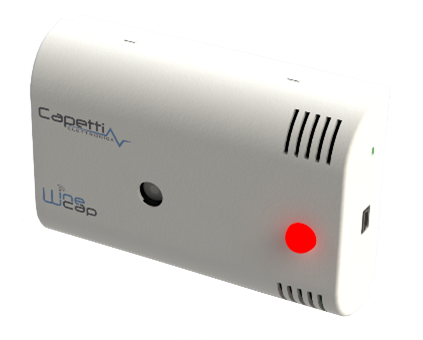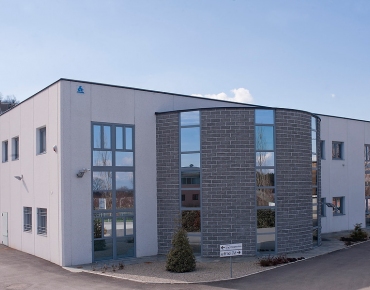Return to School Safely

Resuming face-to-face lessons necessarily requires the application of additional contagion containment measures, also due to the spread of the delta variant.A study recently published in Environmental Research, a prestigious industry journal, has shown that the presence of a CO2 concentration detector within the classrooms is able to promptly alert the teacher of the need to ventilate the classroom. The carbon dioxide that accumulates in all closed environments is the result of the breathing of the people who occupy them, in this case the pupils.Periodic aeration allows to reduce carbon dioxide levels down to values below 700ppm, a threshold which, according to a model developed in 2020, would be able to guarantee a low level of risk of transmissibility of SARS-CoV-2.
Same authors have drawn up a diagram that indicates which actions to take depending on the CO2 levels measured: for values below 700ppm it is not necessary to intervene, while for higher levels it is necessary to act by first opening the doors, then the windows only during the interval or when high levels of CO2 persist, ventilate the room for up to 10 minutes every hour; for levels above 800ppm it may be necessary to reduce the number of students present in the classroom or even the implementation of structural changes to the building. Alessandro Miani, president of the Italian Society of Environmental Medicine (SIMA), stressed that monitoring CO2 levels aimed at containing the risk of contagion, is possible with the use of a reliable and easy-to-use indicator.
According to the scientific coordinator of the research, Gianluigi De Gennaro, implementing simple actions with immediate feedback can effectively allow decision makers to optimize investments.Many schools already use temperature and humidity monitoring tools in their premises and meters/recorders are coming onto the market that also store other strategic parameters, such as the concentration of CO2 in the air.The SIMA Vice President, the epidemiologist Prisco Piscitelli, advocates the extension of this monitoring measure to all closed and crowded environments to ensure greater safety from a health point of view.Walter Ricciardi himself, who was the head of the Italian Superior Health Institute until 2018, now scientific advisor to the Minister of Health, recently suggested equipping every classroom with a CO2 detector, arguing that air saturation corresponds at an increased risk of becoming infected with SARS-CoV-2, since the coronavirus is also transmitted by aerosols.
Capetti Elettronica has created the WSD00TH2CO_S, a datalogger capable of simultaneously measuring the ambient temperature, relative humidity and the concentration of carbon dioxide present in the room in which it is installed.

Since this is a product developed already in 2020, it is present in numerous school buildings and has some characteristics of great importance, in order to facilitate its rapid spread:
- it is wireless, so it can be installed anywhere in the classroom;
- has two settable exceeding thresholds (for example a warning over 700ppm and an alarm over 800ppm);
- has a high intensity light indicator (with the purpose, very useful as scientifically proven, to immediately and visually alert those in charge of airing the room);
- has a relay output that switches when the alarm is activated, which can be connected, for example, to the forced ventilation of the classroom;
- has an internal self-calibration that allows you to avoid measurement drift in the absence of weekly maintenance;
- constantly records data according to the sampling frequency set even in the event of a blackout, to have the ability to analyse the air quality "minute by minute" even remotely (via secure access to the Service Center).
Yes, to the resumption of lessons in complete safety.
Bibliography
- Di Gilio, Alessia et al. “CO2concentration monitoring inside educational buildings as a strategic tool to reduce the risk of Sars-CoV-2 airborne transmission.” Environmental research, vol. 202 111560. 3 Jul. 2021, https://doi.org/10.1016/j.envres.2021.111560
- Un “termometro” per monitorare la Co2 negli ambienti indoor riduce il rischio di contagio da Covid-19. Panorama della Sanità 12/07/2021. available at: https://www.panoramasanita.it/2021/07/12/un-termometro-per-monitorare-la-co2-negli-ambienti-indoor-riduce-il-rischio-di-contagio-da-covid-19/
- Zorzetto, Donatella. Covid e scuola. Ricciardi: "Contro il virus serve un rilevatore di anidride carbonica in classe". La Repubblica 31/08/2021. available at: https://www.repubblica.it/salute/2021/08/31/news/un_rilevatore_di_anidride_carbonica_in_aula_cosi_si_combatte_il_covid_a_scuola-315657533/
Photo gallery









